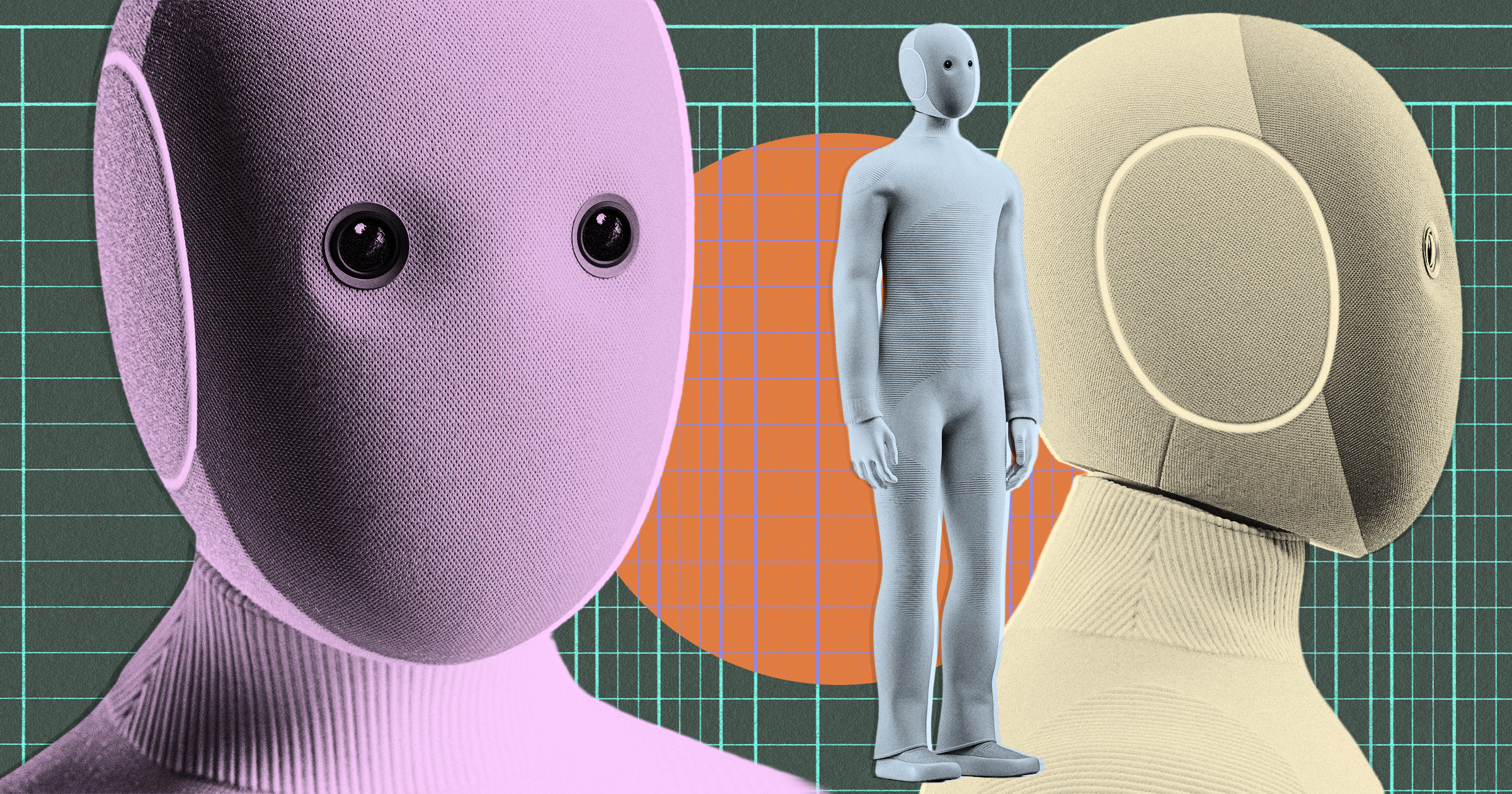Science
$20,000 NEO Robot Servant Requires Human Oversight to Function

A new robot assistant, known as NEO, is set to enter the market in 2026, but potential buyers should be aware of its significant limitations. Priced at $20,000, the NEO is designed by the Palo Alto-based startup 1X, founded by Norwegian tech entrepreneur Bernt Børnich. The robot’s initial appeal lies in its promise to ease household chores, but it requires constant human supervision to operate effectively.
The NEO measures five feet six inches tall and weighs 66 pounds, featuring a soft, fabric-covered exterior in various earthy tones. While many tech enthusiasts may find the design attractive, the real challenge lies in its functionality. As reported by Fast Company, each device comes equipped with a remote operating system, meaning users will not have a fully autonomous robot in their homes. Instead, tasks will be managed by remote workers who will control the NEO through an application on the owner’s smartphone.
To secure a NEO, customers can place a preorder for $200. Following that, they will choose between a one-time payment of $20,000 or a subscription model costing $499 per month. This pricing structure raises questions about the long-term value of the product, especially when considering the dependence on remote operators.
Data Collection and Privacy Concerns
Børnich has openly discussed the necessity of data collection for enhancing the NEO’s capabilities. During an interview with the Wall Street Journal, he stated, “If we don’t have your data, we can’t make the product better.” This reliance on user data has sparked concern among potential buyers regarding privacy and the implications of allowing a robot to gather information about their homes.
The NEO will not only perform tasks but also collect data to refine its artificial intelligence, aiming for future autonomy. Yet, skepticism remains about the robot’s ability to navigate the complexities of a typical household environment. As noted by tech and business journalist Michael Hiltzik, many current humanoid robots struggle with basic functions such as moving around cluttered spaces or safely handling objects like dishware.
The Future of Humanoid Robotics
The launch of the NEO poses significant questions about the future of humanoid robotics. While companies like Tesla and 1X push the boundaries of technology, critics argue that these innovations may prioritize financial gain over practical usability. The rapid development of industrial robotics in countries like China contrasts sharply with the challenges faced in the consumer sector.
As it stands, the vision of a fully autonomous robot butler remains distant. With the NEO’s reliance on human operators and data collection, it highlights the current limitations of robotic technology. In the near term, individuals seeking to alleviate their household chores may find that human assistance is still the most reliable option.
-

 Science2 weeks ago
Science2 weeks agoIROS 2025 to Showcase Cutting-Edge Robotics Innovations in China
-

 Politics2 weeks ago
Politics2 weeks agoJudge Considers Dismissal of Chelsea Housing Case Citing AI Flaws
-

 Lifestyle3 weeks ago
Lifestyle3 weeks agoStone Island’s Logo Worn by Extremists Sparks Brand Dilemma
-

 World3 weeks ago
World3 weeks agoBravo Company Veterans Honored with Bronze Medals After 56 Years
-

 Health2 weeks ago
Health2 weeks agoStartup Liberate Bio Secures $31 Million for Next-Gen Therapies
-

 Health3 weeks ago
Health3 weeks agoTop Hyaluronic Acid Serums for Radiant Skin in 2025
-

 Top Stories3 weeks ago
Top Stories3 weeks agoIndonesia Suspends 27,000 Bank Accounts in Online Gambling Crackdown
-

 Sports3 weeks ago
Sports3 weeks agoMel Kiper Jr. Reveals Top 25 Prospects for 2026 NFL Draft
-

 World3 weeks ago
World3 weeks agoHoneywell Predicts Record Demand for Business Jets Over Next Decade
-

 Lifestyle3 weeks ago
Lifestyle3 weeks agoMary Morgan Jackson Crowned Little Miss National Peanut Festival 2025
-

 Sports3 weeks ago
Sports3 weeks agoYamamoto’s Mastery Leads Dodgers to 5-1 Victory in NLCS Game 2
-

 Science3 weeks ago
Science3 weeks agoArizona State University Transforms Programming Education Approach









